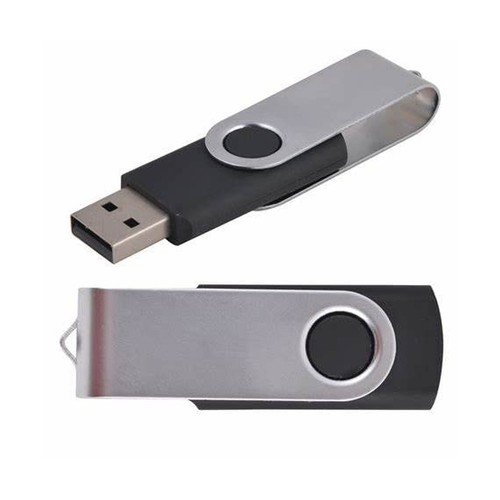

You can refresh and reset your PC or access advanced options to use system restore, recover from a system image, or automatically repair your computer. When the PC boots from the recovery media, you’ll see options for troubleshooting and repairing your PC. If it doesn’t, you may need to change the boot order of your drives. Your computer should boot from the recovery media automatically. Insert the recovery media into your PC and start it up. If Windows can’t bring up these tools automatically, that’s when you’ll need the recovery drive, system repair disc, or a Windows 8 or 10 installation disc.

RELATED: How to Boot Your Computer From a Disc or USB Drive This gives you access to the same tools as a recovery drive would. If Windows fails to start normally twice in a row, it automatically boots from your recovery partition on the third restart, and then loads the advanced startup options. Most of the time, you won’t really need a recovery drive or system repair disc. Using a Recovery Drive or System Repair Disc Windows will format the drive as FAT32 during the process, but the creation tool seems to need the drive in NTFS format to begin. Update: Before you continue, ensure the USB drive you will be using is formatted as NTFS. To open the recovery drive creation tool, hit Start, type “recovery drive” into the search box, and then select the “Create a recovery drive” result. RELATED: Three Ways to Access the Windows 10 and 8 Boot Options Menu Create a Recovery Drive (USB) So, be sure to keep your PC backed up, as well. It does not back up your personal files or installed applications. Also, know that the recovery drive backs up the system files necessary to reinstall Windows, but you should not consider it a back up. Like we said, though, both tools will let you access the advanced boot options and other recovery tools if you can’t access them any other way. Having a system repair disc around will let you troubleshoot startup problems on different PCs running the same version of Windows. The USB-based recovery drive is tied to the PC that you used to create it.If your PC cannot boot from USB, you’ll need the CD/DVD-based system repair disc.That said, there’s no reason not to go ahead and create both, and in fact, there are a couple of reasons you might want to create a system repair disc as well: While you can use both tools to access the Windows advanced boot options for troubleshooting startup, we recommend using a USB-based recovery drive when possible, since it contains all the same tools as the system repair disc, and then some. Which Recovery/Repair Tool Should You Create?


 0 kommentar(er)
0 kommentar(er)
